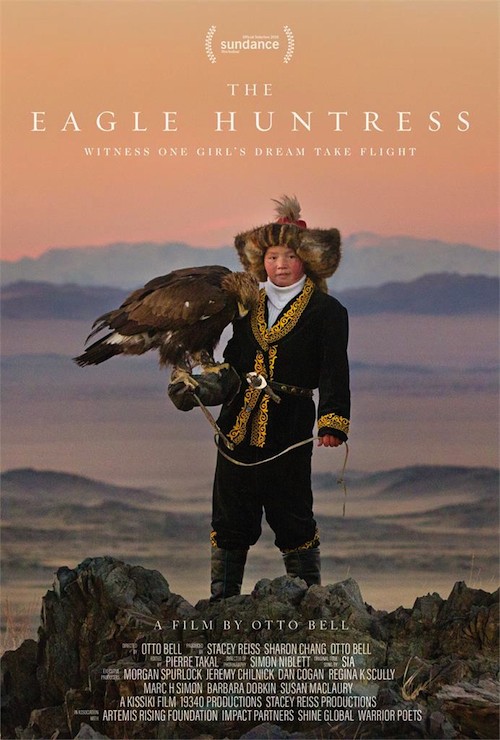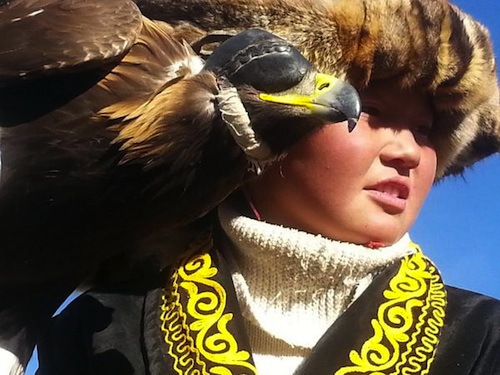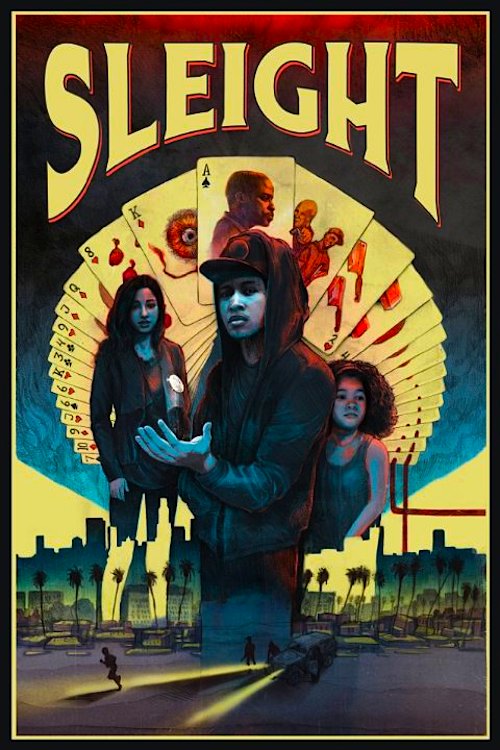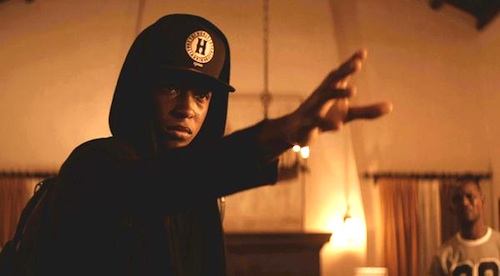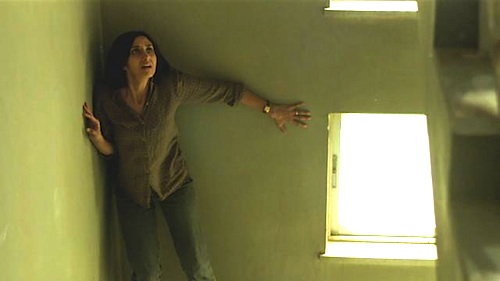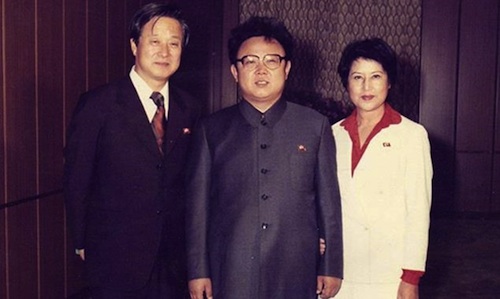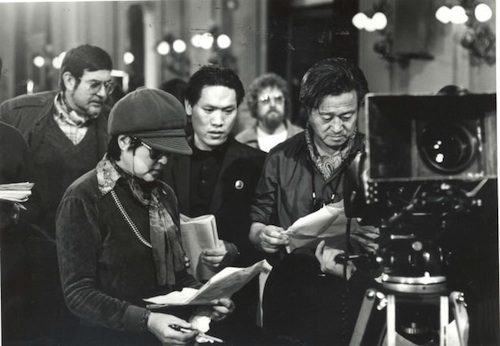[The post below was featured today at The Huffington Post.]
By Jason Apuzzo. For Los Angeles, there’ll never been an Oscar weekend like the one that took place in 1942 – the year a flying saucer nearly crashed the party.
This week marks the anniversary of The Battle of Los Angeles, also known as The Great LA Air Raid, one of the most mysterious incidents of World War II – and one of America’s biggest UFO sightings, taking place a full five years before Roswell.
It’s a story I couldn’t resist turning into a new sci-fi short film called UFO Diary, which debuted this week on Vimeo to mark today’s anniversary of The Battle of Los Angeles.
So what makes the Battle of LA so famous?
In the early morning hours of February 25th, 1942, wartime Los Angeles flew into a panic as an ominous, saucer-like object flew over the city, touching off a massive anti-aircraft barrage. Despite the intense barrage, however, no aircraft wreckage was ever recovered – sparking one of America’s first major UFO controversies.
Indeed, once the smoke had cleared, no one really knew what had been seen in the sky or on radar. Conflicting accounts of the incident from the War and Navy Departments didn’t help matters – leading to accusations of a cover-up.
As if to confirm public fears of extraterrestrial attack, a notorious LA Times photograph (see below) emerged from the incident showing a saucer-like object hovering over the city. It’s one of the eeriest images in UFO history.
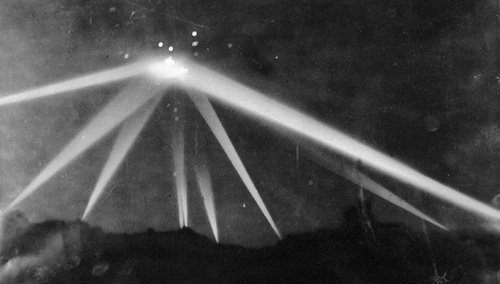
Over 100,000 Angelenos witnessed the incident, yet reports on what people saw that night varied – from Japanese aircraft, to a blimp, to stray American fighter planes, to a “lighted kite.” One eyewitness even described seeing an enormous flying “lozenge,” while an LA Times reporter claimed to have seen slow-moving “objects in the sky … caught in the center of the lights like the hub of a bicycle wheel surrounded by gleaming spokes.”
We still don’t really know what people were seeing that night, because the government has never provided us with an adequate explanation for the incident. Probably because they themselves still don’t know.
Since making UFO Diary, I’ve been asked by UFO enthusiasts what I think was really hovering in LA’s skies that night. The answer is that I don’t know – although I doubt it was a lozenge. Nor do I suspect that Orson Welles or Howard Hughes were involved. There have been a variety of competing explanations of what happened – most centering around weather balloons and barrage balloons – but none of them makes complete sense. The truth is that we may never know.
That’s why, with the help of VFX veterans from ILM and Weta Digital, we decided in UFO Diary to depict the incident as an encounter with the unknown. Continue reading LFM’s Jason Apuzzo @ The Huffington Post: When Aliens Arrived On Oscar Weekend: UFO Diary Recreates the Battle of Los Angeles
